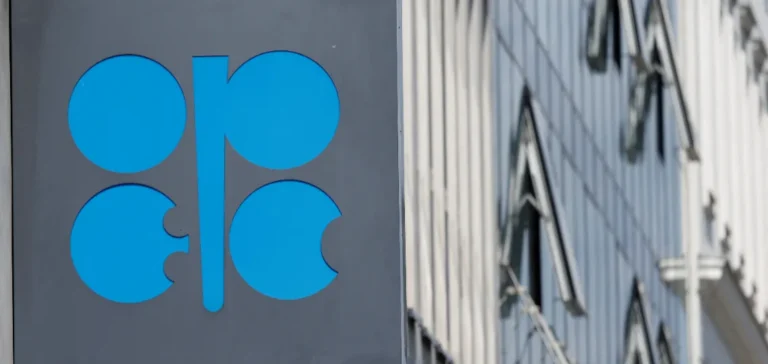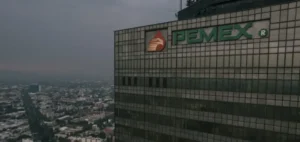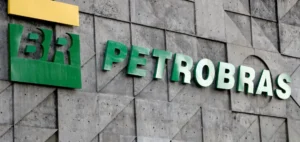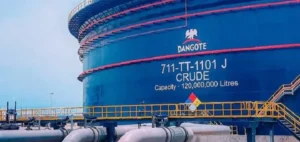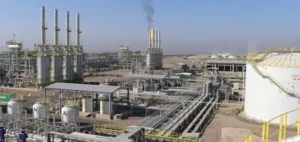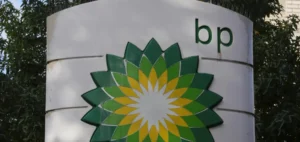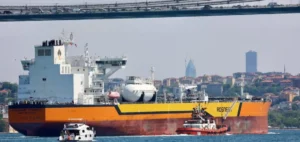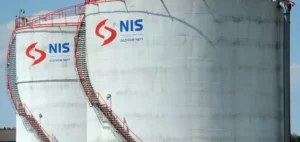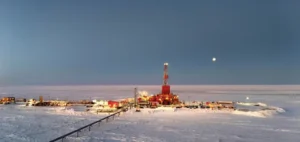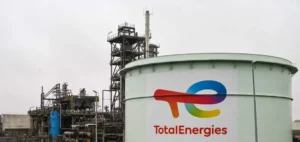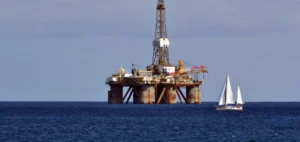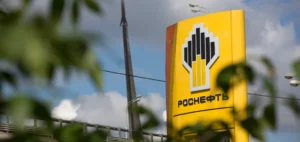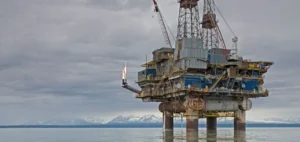The Organization of the Petroleum Exporting Countries and its allies (OPEC+) have confirmed the freeze on production increases for the first quarter of 2026, following a modest increase in December. This decision comes amid expectations of a seasonal surplus, as global inventories rebuild and first-quarter demand remains historically low.
Capacity under pressure and internal arbitration
Since April, eight core OPEC+ members have returned approximately 2.9 Mb/d to the market, initiating a gradual normalisation without disrupting the overall balance. At the same time, the alliance is developing a mechanism to assess maximum production capacities, aimed at reshaping the production quotas in 2027. This tool seeks to distinguish between countries with spare capacity, such as the United Arab Emirates and Saudi Arabia, and those with structurally limited output like Nigeria.
The stable output thus conceals a deeper reallocation of internal market shares. Angola’s withdrawal in 2024, following a dispute over its production target, served as a warning. Now, each member state seeks to ensure its interests are embedded in the upcoming mechanism, the technical and political details of which are still under negotiation.
Russian sanctions and logistical realignment
New sanctions imposed by the United States and the European Union on Rosneft and Lukoil have forced Russia to reorganise its exports, relying on a shadow fleet and less regulated intermediaries. This situation undermines transparency in oil flows and increases logistics costs for refiners in India and China. It also weighs on Russian revenues and limits Moscow’s ability to defend a high quota within OPEC+.
Maintaining the status quo avoids a compensatory increase that could have been interpreted by Washington as indirect support to Russia. It also signals collective discipline at a time when geopolitical balances grow increasingly fragile, amid sanctions, regional tensions, and regulatory transitions.
Market impact and contractual strategies
On futures markets, OPEC+’s decision reinforces expectations of Brent stabilising around $60–65/b. This level is sustainable for Gulf producers while remaining marginal for higher-cost producers. Arbitrage strategies and price spread positioning now dominate trading, replacing directional bets.
For Asian buyers, the apparent stability of OPEC+ supply, combined with Russian constraints, enhances the appeal of long-term contracts with Gulf national oil companies. These producers, capable of rapid output adjustments, are seen as more reliable partners in a fragmented logistical environment.
Outlook for companies and member states
Companies such as Saudi Aramco and ADNOC, backed by their respective states, benefit from the upcoming capacity mechanism. It provides technical justification for their production expansion investments and offers leverage in negotiating future quotas. Conversely, the Nigerian National Petroleum Corporation (NNPC) and other African firms must address internal constraints promptly if they wish to maintain their influence in the alliance.
Russia, for its part, faces reduced prospects due to growing isolation of its export channels. The reliance on unconventional fleets and parallel circuits results in pricing discounts and transaction complexity. OPEC+, while maintaining cohesion, may eventually have to decide whether to replace those volumes or allow a lasting risk premium to develop on Russian crude.


